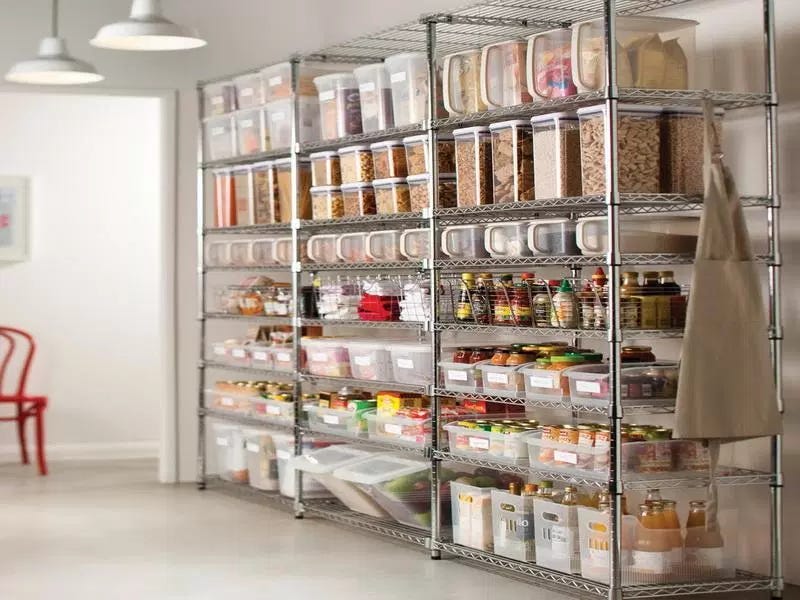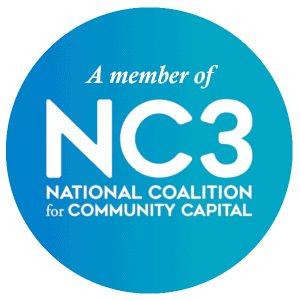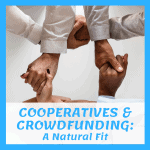(Originally posted July 19, 2017 on Medium, Updated 11/2023)
 Heat up your email communications
Heat up your email communications
In crowdfunding articles, email marketing is generally glazed over (if mentioned at all) to get to the part about PR, social media, influencers and big money raises. But passing over email marketing when launching your campaign is like planning a 5-course meal for 20 people without stocking your pantry first. You need a better plan.
Before attempting to prepare that 5-course meal, you’d do research and make lists and prep ingredients. You’d know that you had everything in order before your guests arrived. The same logic follows for creating email communications. Your email contacts are the people you already know or who already have an affinity for your business. Take good care of them and they will be the most likely to show up eagerly at the threshold of your crowdfunding campaign.
Crowdfund Better has spent 10 years helping campaign creators cook up successful campaigns, and here are some actionable email marketing insights from our Crowdfund Better Process™ to help get your crowdfunding pantry in order before launching your campaign.
 Is your email list this organized?
Is your email list this organized?
Step 1: Find out what’s in your email pantry
Like any good chef, you’ll want to first check to see what’s in your pantry. You’ve got to do the same with your email lists and contacts. Start with your personal email contacts. You know, all the addresses of family, friends and acquaintances you’ve collected in your various email accounts over the years. If you are at the early stages of developing your business, these addresses will be especially important. You might also have a business list made up of addresses of people who subscribed to your email list by signing up at an event or buying your product. Do not mix these lists. Just like some kitchen staples belong in the refrigerator and some in the dry pantry, personal and business email lists need different care.
And while we’re talking organization, do you have any email staples running amuck around the kitchen? Address lists from farmer’s markets or food expos you have attended? Business cards stacked on your desk that have never been entered into your contacts? Now would be the time to barter data entry for a great meal with a friend.
Step 2: Organize your email ingredients
This is one of those steps you’ll want to skip over. Why? Because it’s like taking everything out of your pantry, making sure that nothing is past its expiration date, and sorting everything so you can easily see what you have on each shelf. Ugh. Yes, you need to do the same thing with your email lists.
The easiest way to attack this is to begin with a good old spreadsheet. Export your personal contacts into a .csv file. Then clean that list. Guaranteed your personal email lists are full of duplicates and old, expired emails. You can clean up your lists by hand or use a handy bulk email checker tool to speed up the process. You’ll also want to export your business email lists, and if you haven’t ever used your lists or it’s been a while, give those lists a good scrubbing, too. Then check for duplicates across lists. At this point, do not combine personal and business lists, especially if you use an email marketing service like MailChimp for your business.
 Segmentation is your secret tool of the trade (#WOCinTech Chat)
Segmentation is your secret tool of the trade (#WOCinTech Chat)
Step 3: Account for email preferences (aka “segmentation”)
At this point, you’ll be ready to throw in the towel. All this work and you haven’t even sent a single email?! Trust us. Every bit of effort now will increase the effectiveness of your email marketing efforts later. Segmentation is where it’s won and lost. Segmentation means grouping your contacts into categories based on parameters like how you know them. Personal contact categories could include family, school friends, business friends, or PTA friends. For business contacts, are they customers, vendors, or colleagues? Did they sign-up on your website or at an event?
Why does this matter? Because ultimately the more personal and tailored you can make an email, the more likely someone will keep reading, especially in this day and age when people are savvy to anything that looks like spam. And you don’t want to resemble spam. This is one of the reasons you should not mix your lists. The goal is for your segments to help you understand how you know people. The other is email marketing services like MailChimp require that people give you permission to be added to a list on their service. Without permission, it’s spam, and spam alienates you from your contacts. It doesn’t make them want to help your crowdfunding campaign.
The temptation might be to purchase email lists of potential customers – don’t. Many times these lists are not updated (or “cleaned”) after being compiled and can be many years old and outdated by the time you purchase them. Not to mention, if you purchased this list, ask yourself how many others have? Do you think the people that are on that list are going to be interested in opening ANOTHER email from an unknown address? If anything, try to collaborate with micro-influencers, small businesses, or organizations that are aligned but not competitive with your brand. See if they’ll share a blurb about your business with their subscribers in their newsletter. Using this approach, you’ll be bringing attention to your business in a more organic way that includes social proof from someone they trust.
Don’t give your email contacts freezer burn!
Step 4: Don’t leave your email contacts out in the cold
You wouldn’t take a chunk of meat out of the freezer and put it straight into the oven, right? Then why would you do the same to the contacts on your email list? One of the biggest missteps new crowdfunding campaign creators make is not thoroughly warming up their lists before asking for support. Too often, the first email they send is the day they launch their campaign. You need to let your contacts know about your campaign way ahead of launch. Create an email marketing campaign that tells a story — about you, your brand, your values. Make your email contacts lean in week after week in the months before you launch your campaign. Use your email communications to create a countdown. Ask for help in non-monetary ways prior to launch, and be very selective about when to make direct asks for contributions. If your only message is “gimme, gimme, gimme” your emails will find their way into their trash.
Step 5: Test your email communications menu
Speaking of messaging, you’ll want to know how your messages are landing BEFORE you launch your campaign. Email marketing services like MailChimp have built-in tools to break down how many people are opening your email or clicking on your email content. But what about all those personal contacts that you’re not supposed to import to MailChimp? There’s a tool for that, too. You can import those lists to cold email marketing services like GMass, Mailshake, or Yesware. Not only do these services help you send segmented, bulk emails to your personal contacts from your personal email address, but they also provide stats on open and click rates. Learn what kinds of subject lines make people open your emails and what links they are clicking on to find out more from these stats.
If this feels like too much to tackle, remember that crowdfunding works best when you don’t go it alone. Get some help prepping your 5-course crowdfunding feast. Reach out to friends who love organizing or seek the help of an experienced email sous chef. But start now. It will not only be good for the health of your crowdfunding campaign, but for creating an overall healthy business.
Looking for guidance on how to better utilize email to build stronger relationships with your customers and community? Take our Email Marketing Campaigns for Crowdfunding online course.










Awesome! Very educational.
Thank you so much for your feedback Rawn! What part(s) did you find most helpful?